You need to create an Activatation Context that uses a ComCtrl32 v6 manifest. Then you can activate the context before creating the CEdit, and deactivate the context afterwards.
See How can you use both versions 5 and 6 of the common controls within the same module? on Raymond Chen's blog on MSDN.
For example, I did a quick test:
// setup main UI as needed, then...
// I borrowed code from https://stackoverflow.com/a/10444161/65863
// for testing purposes, but you can set lpSource to your own manifest
// file, if needed...
ACTCTX ctx = {};
ctx.cbSize = sizeof(actCtx);
ctx.dwFlags = ACTCTX_FLAG_RESOURCE_NAME_VALID
| ACTCTX_FLAG_SET_PROCESS_DEFAULT
| ACTCTX_FLAG_ASSEMBLY_DIRECTORY_VALID;
ctx.lpSource = TEXT("shell32.dll");
ctx.lpAssemblyDirectory = TEXT("C:\\Windows\\System32\\"); // <-- don't hard-code this in production code!
ctx.lpResourceName = MAKEINTRESOURCE(124);
HANDLE hActCtx = CreateActCtx(&ctx);
if (hActCtx == INVALID_HANDLE_VALUE) {
// handle error ...
return;
}
ULONG_PTR ulCookie = 0;
if (!ActivateActCtx(hActCtx, &ulCookie)) {
// handle error ...
ReleaseActCtx(hActCtx);
return;
}
// make single Edit control as needed ...
DeactivateActCtx(0, ulCookie);
ReleaseActCtx(hActCtx);
And this was the result:

The app was compiled without any manifest at all, so ComCtrl32 v5 would be the default. The top Edit control was created using the process's default Activation Context, and the bottom Edit control was created with an explicit Activation Context using a ComCtrl32 v6 manifest, and then EM_SETCUEBANNER applied to it (if you don't want to create your own manifest, you can use resource #124 from shell32.dll, per this answer to How to enable visual styles without a manifest).
